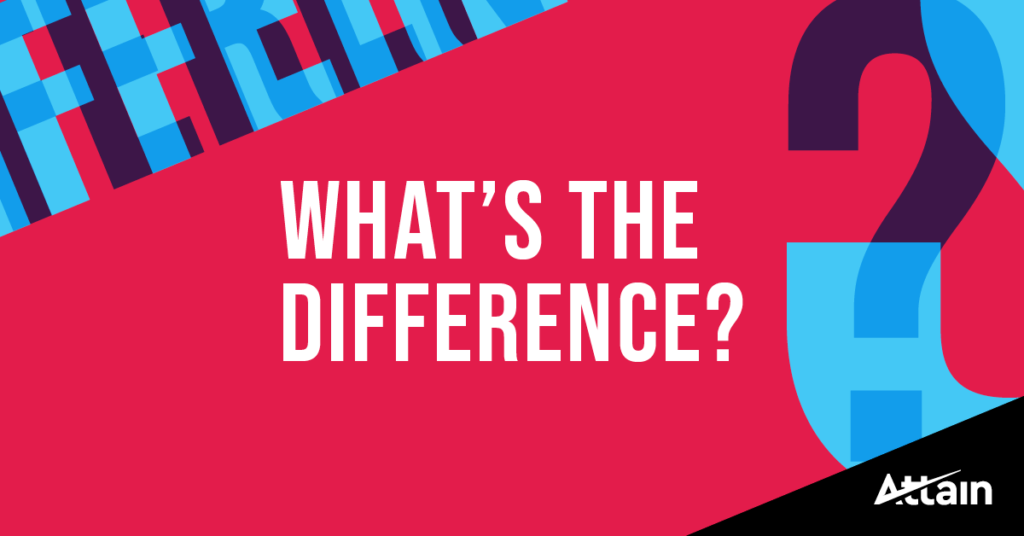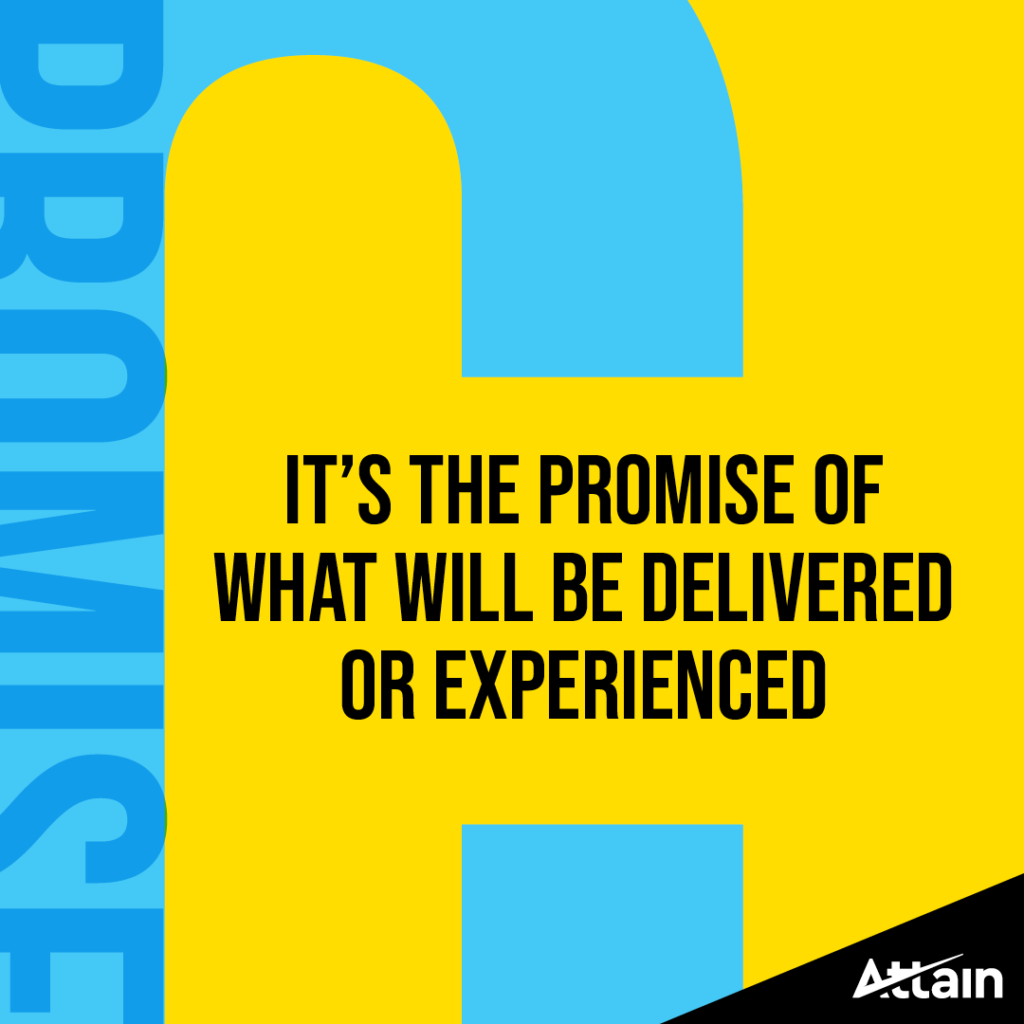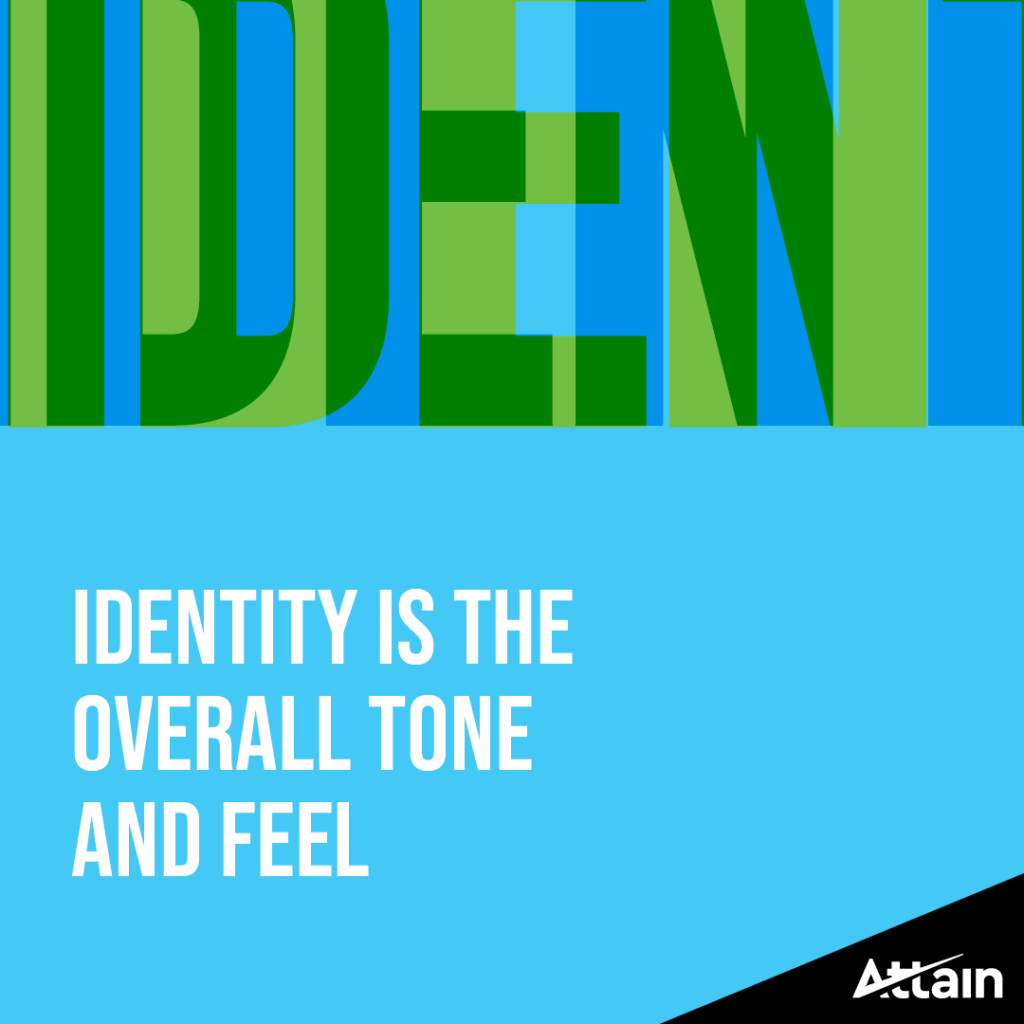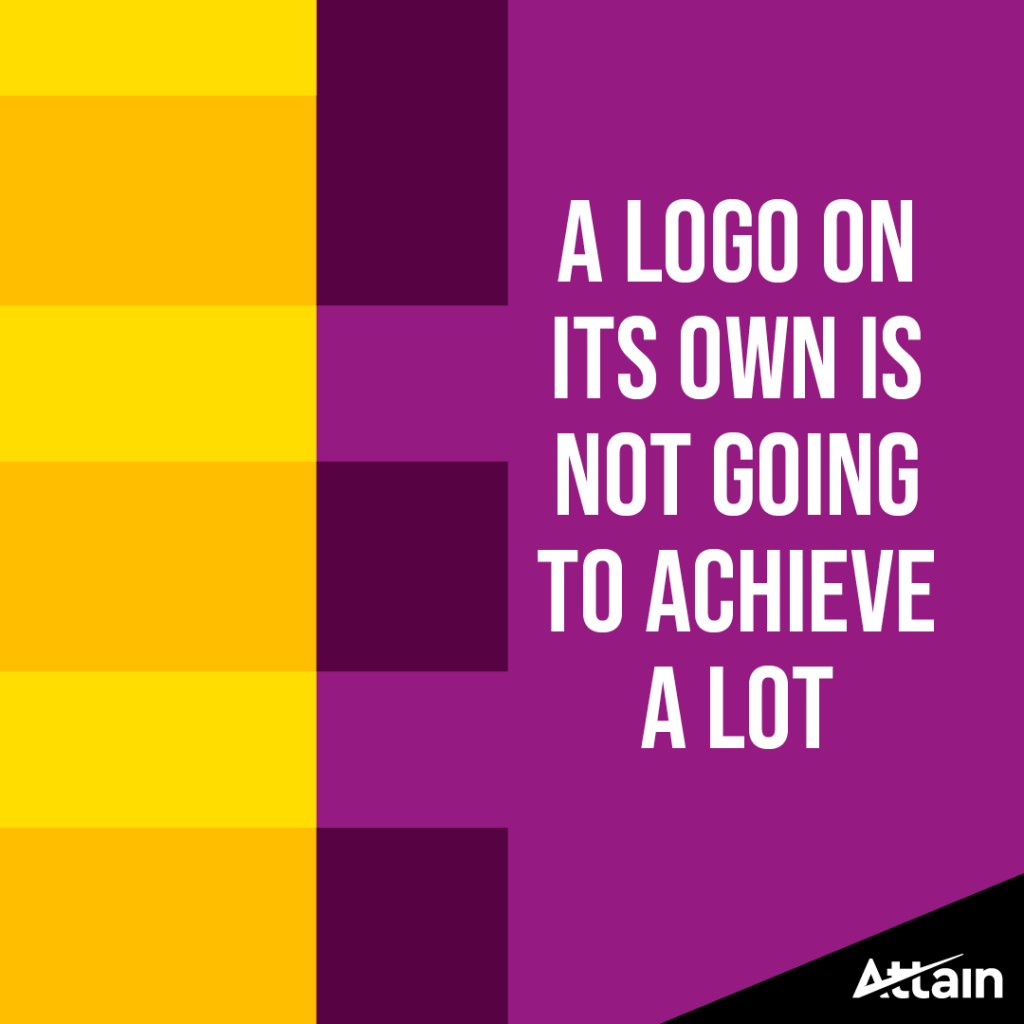Brand development, corporate identity, logo design – what’s the difference?
Your logo, brand, and corporate identity are all separate things. There is quite a lot of confusion around this topic, so I thought I’d take this chance to clarify the difference between the three, as well as the roles they play and how they all integrate. Here goes!
Logo = the visual representation (mark) of a business
- Sometimes it features the company name, other times graphic elements, symbols, or emblems.
Identity = the overall visual picture of a business
- It expands on the logo and covers the overall look of all marketing materials such as signage, business stationary, website, brochures, ads etc.
Brand = the personality of a business
- This is the relationship your business has with its customers. It is the ethos or concept that a company sells to its audience, the perceived emotional corporate image as a whole.
Regardless of whether you’re a multi-million-dollar corporation or a lone freelancer working from home, your logo, identity and brand are all important. Used well, they can yield countless benefits such as helping you win new customers, creating loyalty among your existing ones, supporting your marketing goals, raising your profile, and building financial value.
So, let’s examine them in a bit more detail.

Table of Contents
Brand
The concept of ‘brand’ can be tricky to get your head around. That’s because it is largely intangible. It’s a feeling or a ‘vibe’ surrounding a company, product or service that is shaped by the perceptions of the consumer. It’s the essence or promise of what will be delivered or experienced.
Here’s the simplest way we can define ‘brand’: Branding is about the promise of a distinct, memorable experience.
You can’t brand something. You have to earn your brand. It’s what customers connect with and comes as a result of building real, passionate relationships with your audience.
When creating a brand, you need to identify the following:
- What are you promising?
- How will the promise be communicated to the market?
- How will you deliver on the promise?
- How will you grow the promise over time?

Once established, a brand can be developed through various methods and channels – e.g., images and advertising that contain consistent messaging, consumer recommendations and word of mouth, direct interactions with the company (and its people), and real-life experiences using a product or service.
To build a strong and trusted brand, consistency is vital. Everything your business does, owns and produces should reflect the brand values and the aims of the company as a whole.
A designer cannot create a brand. Only the audience can do this. What I do, as a designer, is help you lay the foundations.

Corporate Identity
While corporate identity is separate to the brand, it plays an important role as it works to strengthen recognition, influence perception, and reinforce core values.
A simple way to define identity is to say that it covers all the visual aspects of a business, For example, logo, stationary (letterhead, business cards etc), marketing collateral (flyers, brochures, websites etc), products and packaging, and apparel and signage (interior and exterior design). It also covers ‘voice’ – i.e., how a business chooses to communicate and use language – the overall tone and feel.
All the elements that make up identity are generally constructed within a formal set of guidelines that dictate how they should be applied across a variety of platforms and mediums (e.g. sign approved colours, fonts and layouts etc). This guide ensures that the identity of a company is kept consistent, recognisable, and coherent, which in turn enhances and reinforces the brand as a whole.

Logo
A logo is best defined by its key purpose which is to identify. It is an instant visual representation, signifying a company with a mark, symbol, signature, or icon. Logo design is usually simple – and it is not intended to sell or describe a business. Its job is merely to be recognisable and (preferably) memorable.
It can take a while for a logo to become established in the marketplace. Only after it becomes familiar does it function the way it is intended to.
Why does any of this matter?
A logo on its own is not going to achieve a lot. Your customers can’t possibly get the full experience of your company or business simply by looking at one small mark. They need active engagement, positive reinforcement, and a genuine connection to back it up. This comes over time with the development of identity and brand.
It’s also a hugely competitive world out there, and only the strongest, smartest brands rise above the noise to be noticed – and remembered.
If you’re after standout branding and design solutions that will help your customers and prospects distinguish your brand from the rest, let’s talk.

Anthony Simons – Brand Ninjaneer
M: 021 673 851
E: anthony@weareattain.com
